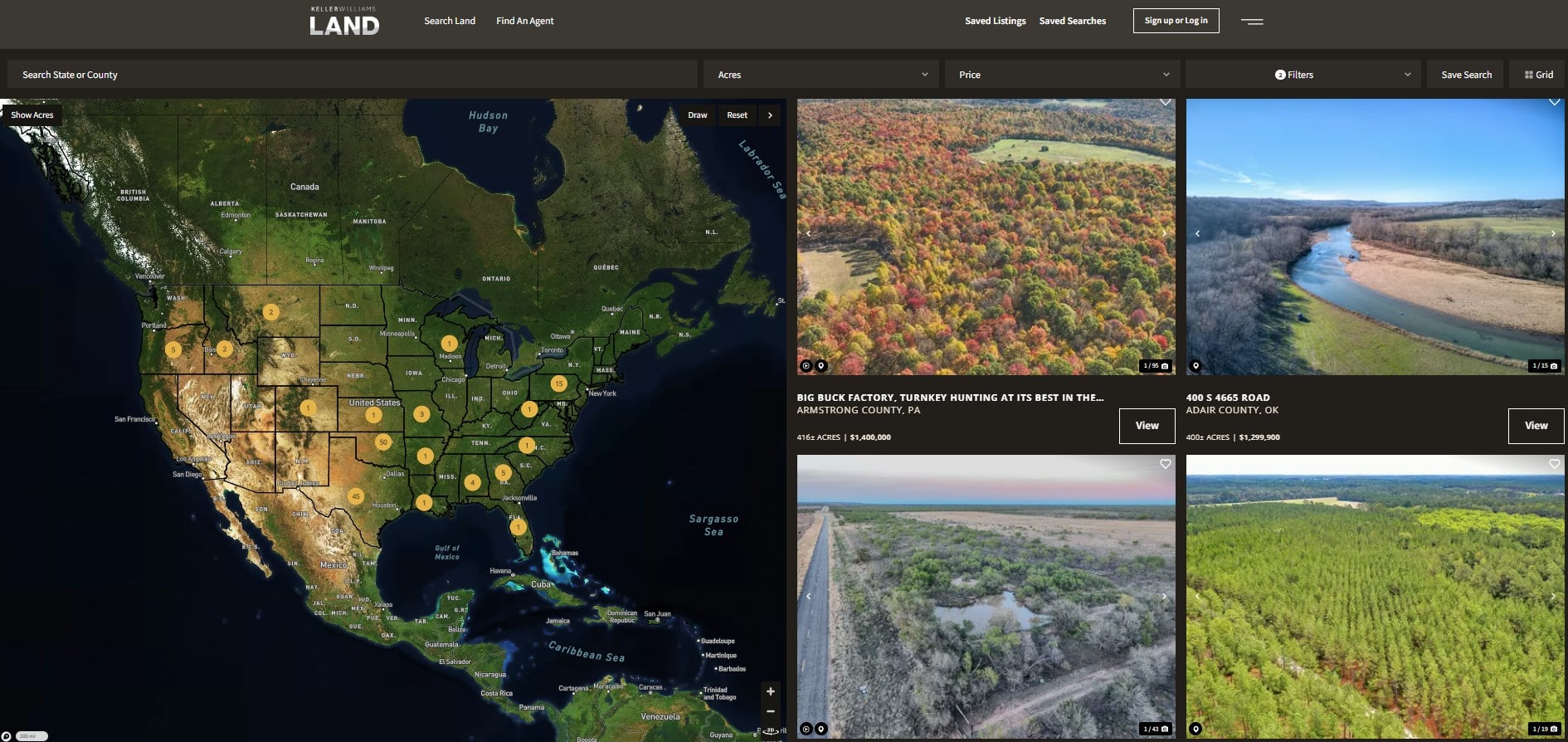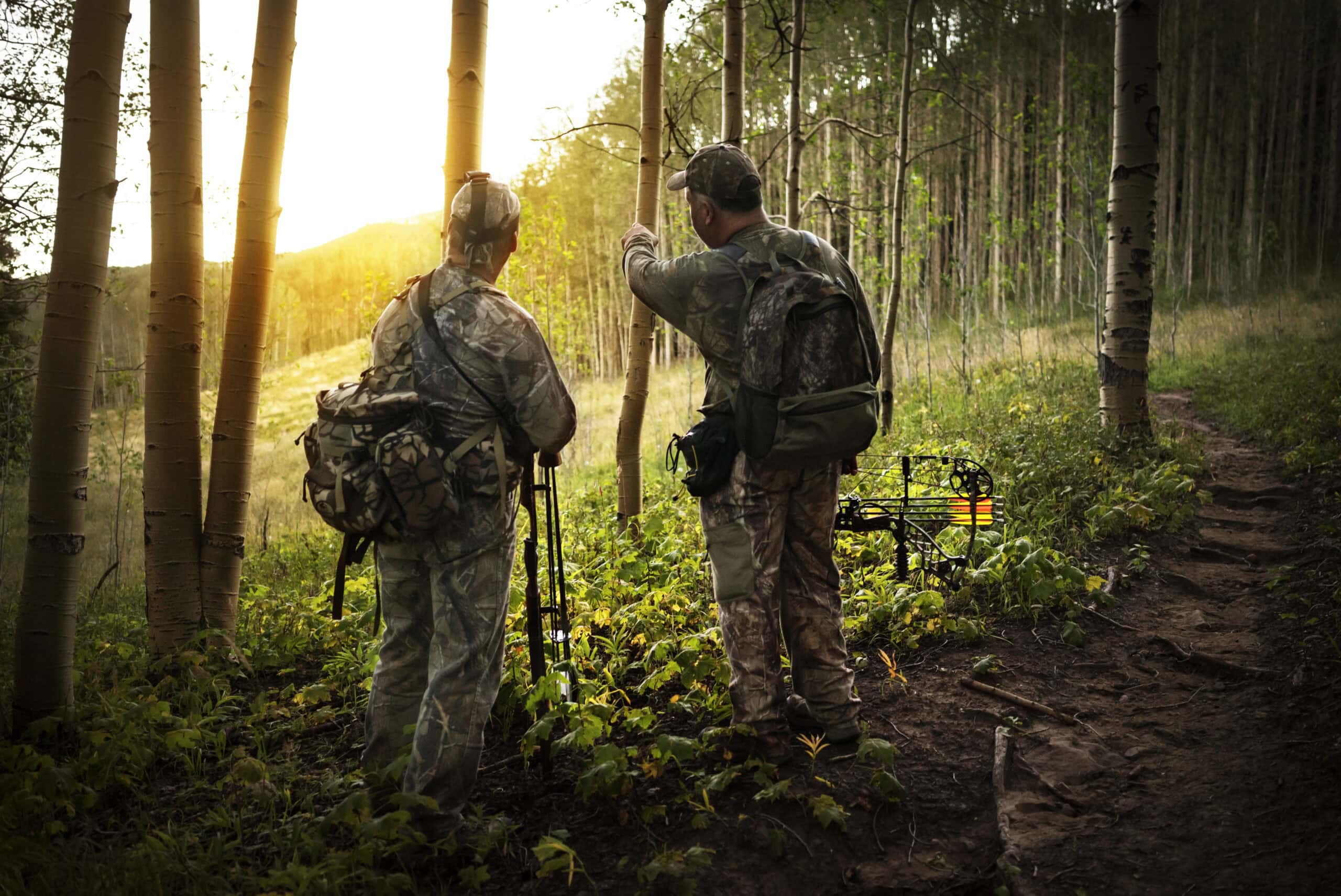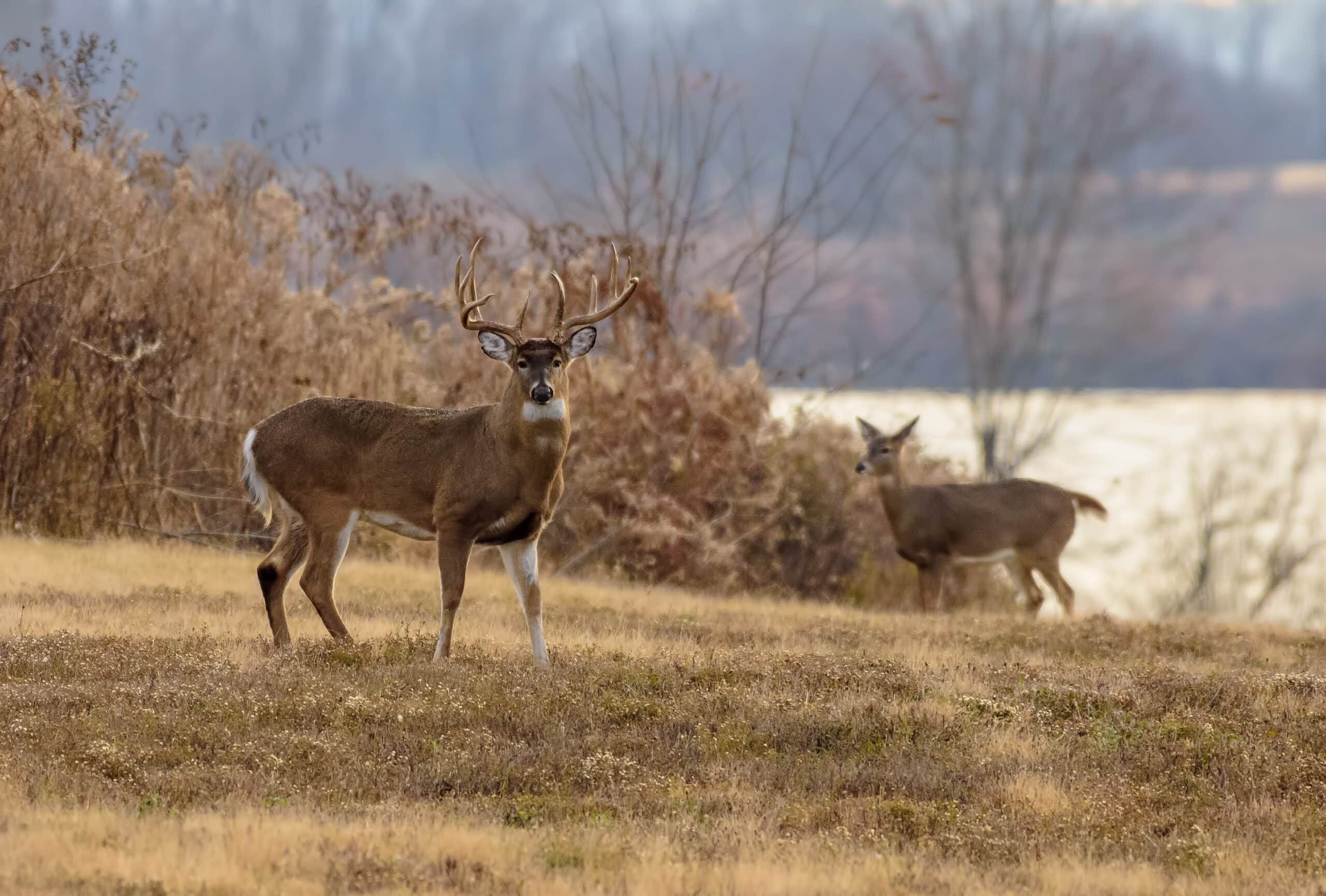Choosing the right hunting land for sale is a decision that can affect not only your hunting experience but also the value of your investment. Whether you’re a seasoned hunter or just starting out, understanding what to look for in hunting land is key to ensuring you’re making a smart, sustainable purchase. It’s not just about finding a place to hunt—it’s about investing in a property that aligns with your long-term goals and provides the enjoyment, value, and potential you’re seeking. Whether you’re looking for a place to build a legacy, a secluded retreat, or an investment opportunity, selecting the right property is crucial.
In this blog, we’ll cover the essential factors to consider when buying hunting land for sale, from budgeting and financing to understanding land features like terrain and water access. We’ll also discuss conservation strategies and how local land experts can guide you through the process. By the end, you’ll have a clear understanding of what to look for in a hunting property and how to make a well-informed investment that meets your needs.
Budgeting and Financing Your Hunting Land Investment
Investing in hunting land requires careful budgeting to balance your needs with financial feasibility. Before purchasing, determine how much land you truly need based on your hunting goals, wildlife management plans, and long-term use. Larger properties offer more seclusion and game diversity but come with higher costs in taxes, maintenance, and development.
Beyond the purchase price, factor in ongoing expenses such as property taxes, habitat improvements, road maintenance, and potential infrastructure additions like food plots or water sources. These costs can impact your overall investment, so planning ahead ensures financial stability.
Financing possibilities for hunting land differ from traditional home loans. Many buyers secure financing through specialized lenders who understand the unique aspects of large-acreage purchases. Exploring loan programs, including those backed by the Farm Credit System or local agricultural lenders, can provide favorable terms tailored to land ownership. Some listings may also offer owner-financed options, creating more flexibility for buyers.
Additionally, some states offer landowner incentives and tax benefits for conservation efforts, such as wildlife habitat restoration or agricultural use. These programs can support a more sustainable approach to land management while improving the property’s long-term value.
Working with a knowledgeable land agent and an experienced lender ensures you find the right property with a financing strategy that aligns with your budget. Whether you’re looking for a small hunting retreat or a sprawling multi-use property, expert guidance can help you make a sound investment.
Understanding Land Types and Features for Your Hunting Property
The success of a hunting property depends on its natural features, which directly impact wildlife activity and long-term usability. From terrain and water access to available food sources, understanding these elements helps ensure a productive and enjoyable hunting experience.
Terrain plays a significant role in wildlife movement and hunting strategy. Rolling hills, dense timber, and open fields each offer different advantages depending on the type of game you’re pursuing. For example, rolling hills can provide great vantage points for spotting deer, while dense timber offers cover for wild turkeys. Open fields are ideal for attracting species like pheasants or waterfowl. Higher elevations, like a mountain ridge, provide broader views and can be good for spotting larger game, while low-lying areas may serve as natural wildlife corridors, especially in areas near streams or wetlands where animals travel regularly.
Water access is another key factor to consider. Reliable water sources such as ponds, creeks, rivers, and wetlands attract and sustain wildlife. For example, a property with a creek or river running through it not only provides water but also attracts animals like deer, waterfowl, and wild boar. Properties with year-round water access create a healthier ecosystem, increasing the land’s value and hunting potential.
Food sources for wildlife are equally important. Game animals rely on natural food sources like mast-producing trees (oak, hickory, pecan), native grasses, and shrubs. For instance, oak trees that produce acorns provide a natural food source for deer in the fall. Evaluating the property’s existing food supply, as well as the potential for food plots, can enhance hunting opportunities and support sustainable wildlife management.
When searching for the ideal hunting land, consider properties that offer a mix of these features. Whether you’re looking for timber-rich acreage, a riverfront retreat, or a secluded mountain hunting ground, KW Land® members can help you find land that meets your needs.
Conservation and Land Use Considerations
When searching for hunting land for sale, it’s important to consider how conservation and land use strategies will impact both the property’s value and your hunting experience. Sustainable land management practices not only protect the natural environment but also improve wildlife habitats and ensure the land remains viable for generations to come.
One key consideration is whether the land has any existing conservation easements. These legal agreements can restrict certain land uses but can also provide tax benefits and help preserve the property’s ecological integrity. Understanding these easements is crucial before making a purchase, as they can affect what you can and can’t do with the land.
Wildlife management is another factor to take into account. Implementing strategies to improve game populations—such as creating food plots, controlling invasive species, or managing water sources—can enhance the hunting experience and contribute to healthier ecosystems. These practices not only improve the property for hunting but also ensure its sustainability and long-term value.
Additionally, be aware of local and federal regulations affecting hunting land. Zoning laws, hunting seasons, and wildlife protection laws can vary from region to region, so it’s essential to understand these regulations to avoid future complications.
Whether you’re looking to develop the property, preserve it for future generations, or maintain it as a recreational space, conservation and land use planning are vital for maintaining the property’s value and sustainability.
Expert Guidance for Your Recreational Property Search
When it comes to buying hunting land, working with a local land expert can make all the difference. agents affiliated with KW Land® specialize in hunting and recreational properties, offering expertise that goes beyond traditional real estate. They understand how factors like wildlife movement, habitat conservation, and water access impact land value and hunting success. With access to up-to-date market trends and financing options for rural properties, they provide strategic guidance to help you make the right investment.
Beyond just finding the right property, KW Land® members navigate negotiations, ensure a smooth transaction, and help secure a hunting property that aligns with your long-term goals.

Start Your Search for the Perfect Hunting Property
Now that you know the key factors to consider when buying hunting land for sale, it’s time to start searching for the perfect property. Whether you’re seeking a secluded retreat, an investment opportunity, or a place to build a lasting legacy, choosing the right land is crucial to meeting your goals.
A KW Land® member offers the local expertise and market insights you need to find a property that fits your needs. They’ll guide you through every step of the process to help ensure you make a smart investment. Plus, working with lenders who specialize in rural land financing can help secure favorable terms for your purchase.
Start your search today by using our interactive properties map to explore hunting land listings at KWLand.com.




